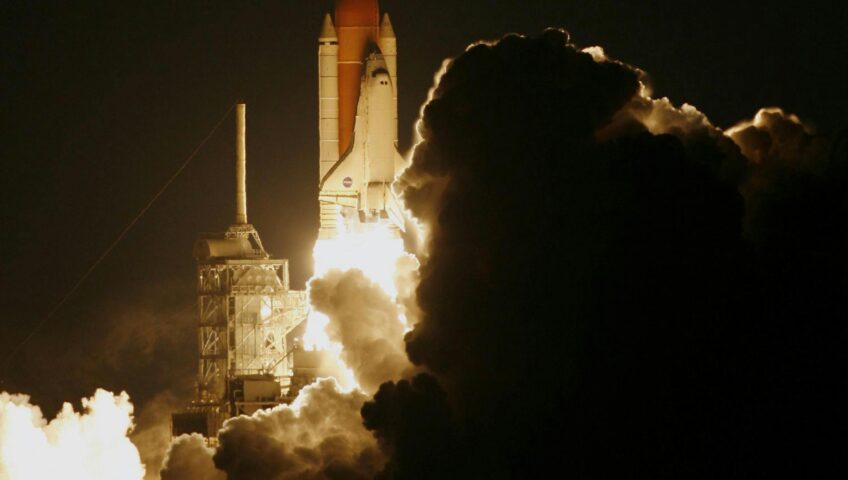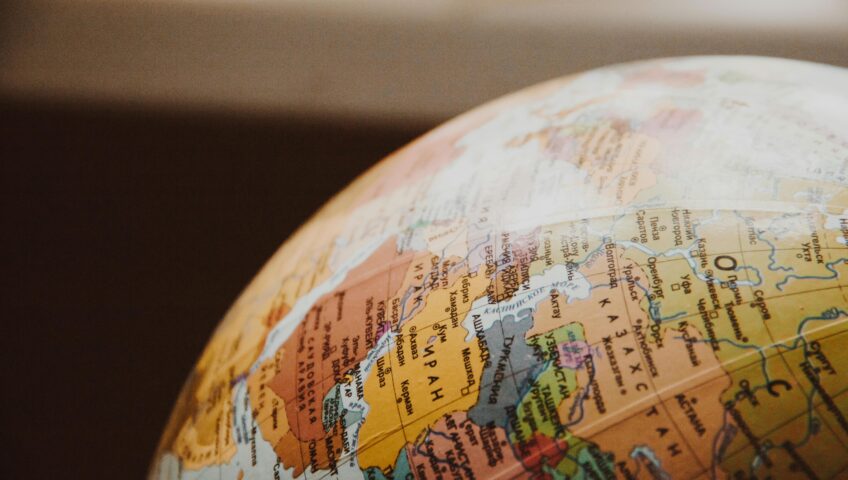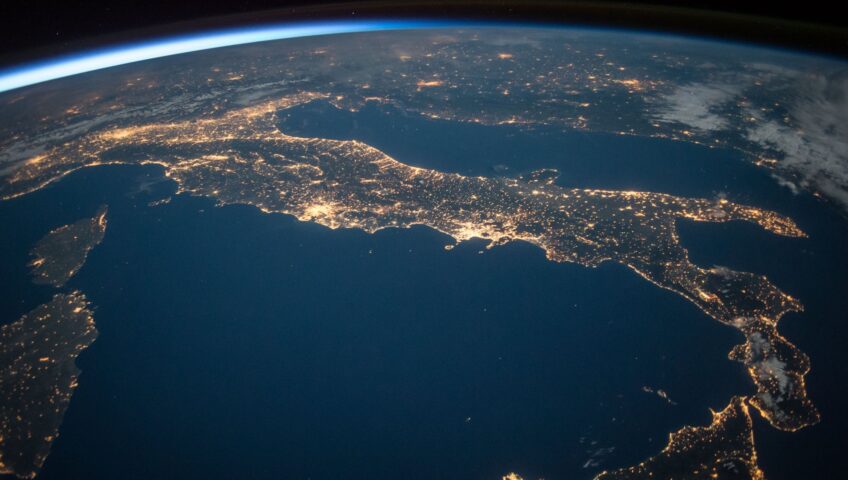Sunday, July 20th, 2025, will mark the 56th anniversary of the Apollo 11 Moon landing mission, which was successfully fulfilled by astronauts Neil Armstrong, Buzz Aldrin, and Michael Collins. The astronauts took off on July 16th, 1969, out of the National Aeronautics and Space Administration’s (NASA’s) Kennedy Space Center in Florida and set foot on the moon on July 20th, 1969. To successfully achieve the Apollo 11 mission, it took hundreds of people working behind the scenes for years to fully execute this perfect mission, including NASA’s mechanical engineers crew, who also made it easier for other successful missions to take place later on. NASA’s mechanical engineers’ abilities to solve problems, design, and build were vital components that helped NASA organize, piece together, and successfully execute these missions. The mechanical engineer crew worked long hours and around the clock developing new technologies in addition to perfecting old ones. NASA’s mechanical engineers developed and worked on typical technology systems such as spacecraft, satellites, and engines. In order to be part of NASA’s mechanical engineer crew, one must have a range of knowledge and skills in disciplines such as aerospace, computers, and electronics to be able to work on various tasks and meet NASA’s strict criteria.
Since the first mission, NASA has had several successful moon landings. Aside from Apollo 11, NASA launched Apollo 12 with astronauts Charles "Pete" Conrad and Alan Bean; Apollo 14 with astronauts Alan B. Shepard Jr. and Edgar D. Mitchell; Apollo 15 with astronauts David R. Scott and James B. Irwin; Apollo 16 with astronauts Charles M. Duke and John W. Young, who was also part of the Apollo 10 orbital; and Apollo 17 with astronauts Harrison H. Schmitt and Eugene Cernan, who was also part of the Apollo 10 orbital.
NASA also had difficult missions, one happening during the third moon landing mission called Apollo 13. After launching the Apollo 13 spacecraft, the astronauts never made it to the moon because they experienced malfunction issues that caused them to lose oxygen. One of the oxygen tanks exploded and almost caused a near disaster, but luckily the astronauts were able to loop around the moon and make a safe re-entry and landing in the Earth’s atmosphere. After studying what caused the failures on the Apollo 13 mission, NASA made multiple changes to the design of the spacecraft for increased safety, which allowed Apollo 14, 15, 16, and 17 missions to be successful.
If you are interested in NASA’s missions and mechanical engineering and would like more information, please visit https://www.nasa.gov/.




